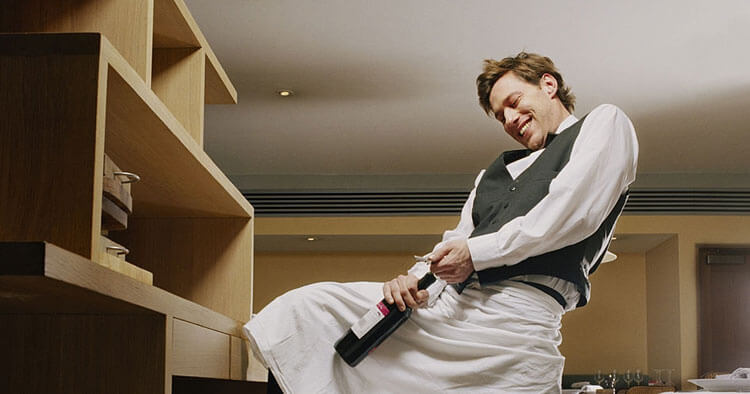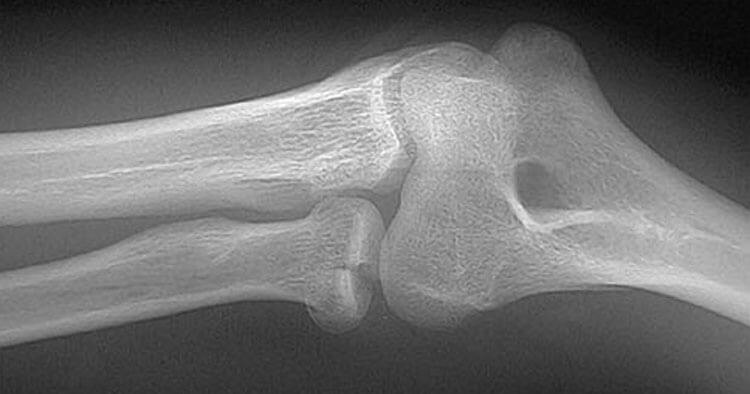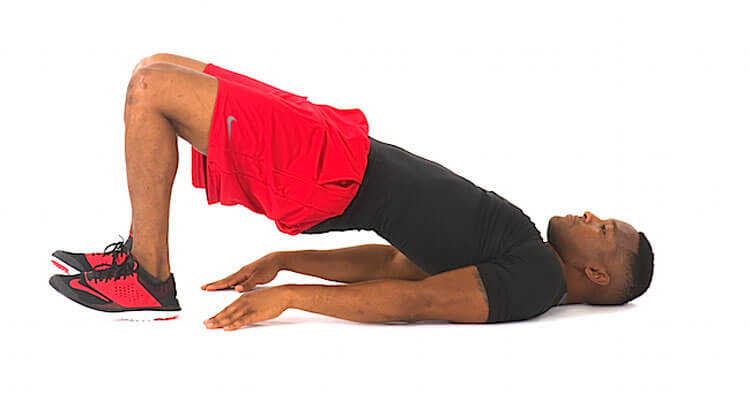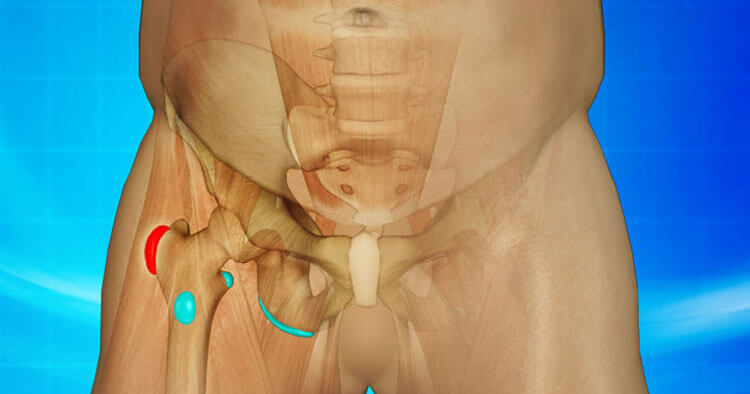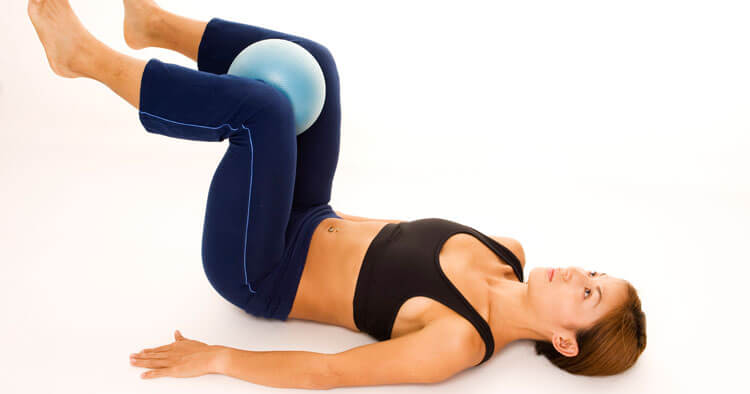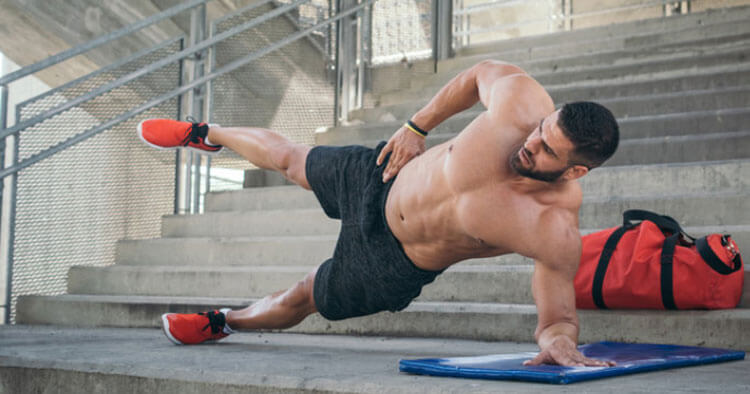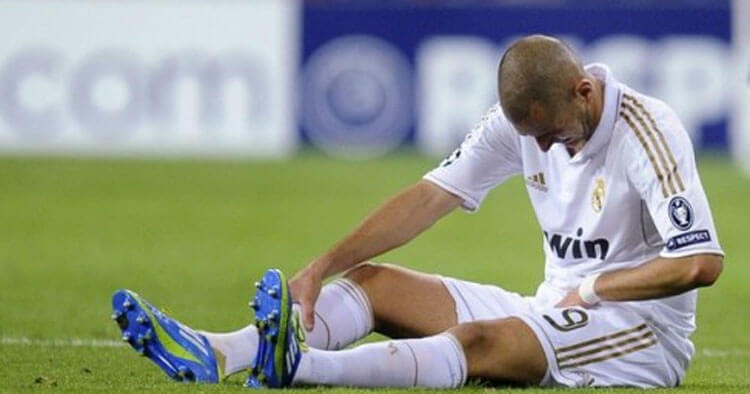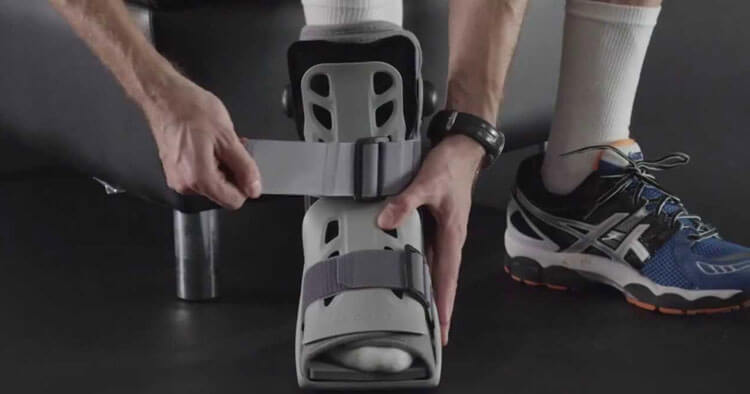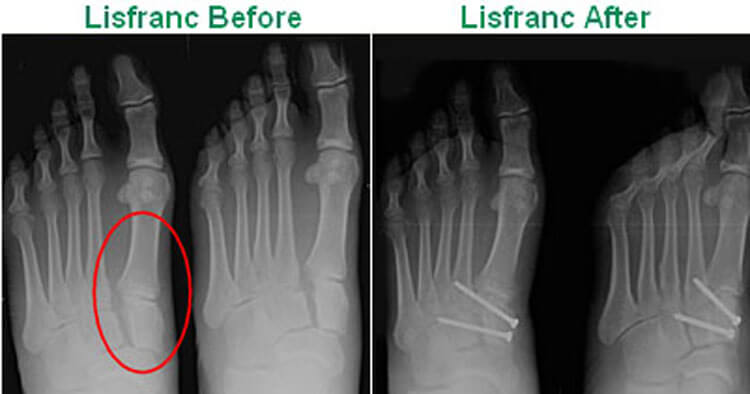Where Are Your Lower Trapezius Muscles Situated? Your lower trapezius is not an individual muscle, rather it is the lower most section of your trapezius muscle. Your trapezius can be broken up into upper, middle and lower trapezius and is a muscle that starts at the base of your neck, goes across the shoulders and… Read More >
Category Archives: Sports Injuries and Management
Biceps Brachii Muscle Anatomy The biceps brachii muscle draws its name from Latin, biceps meaning “two-headed” and brachii meaning “arm.” This nomenclature describes the muscles structure and location, being a two headed muscle which lies in the upper arm between the shoulder joint and the elbow. The two heads of the muscle are referred to… Read More >
What Is Your Radial Head? The radius and the ulna are the two long bones that make up the forearm, traveling all the way from the elbow to your wrist. Specifically the radius is the lateral of the two forearm bones, meaning if standing in the anatomical position where your arms are at your side… Read More >
What Are The Causes Of Trochanteric Bursitis Trochanteric Bursitis can be the result of both local trauma, or tissue overload. Overload may occur where the trochanteric bursa becomes inflamed through soft tissues repetitively “rubbing” over the bursa. This rubbing, friction can over time lead to irritation of the bursae. Hip bursitis as mentioned can also… Read More >
What Is A Bursa? A bursa is a closed fluid-filled sac, bursae function as a gliding surface in the body, there to help reduce friction between moving tissues, acting as cushions between bones and soft tissues such muscles, tendons, and skin. All the major bursae of the body are located near the large joints of… Read More >
How Long Does It Take To Recover Following An Adductor Strain A number of factors influence the recovery time of an adductor strain, not least of all degree of injury and the physical requirements of a full return to play. Other factors impacting a return to play following a groin strain include: Pre-injury fitness and… Read More >
Diagnosis Of A Groin Pull Landing on a diagnosis of a groin strain, groin pull, pulled groin whatever you want to refer to it as requires taking a short history of the onset of pain and it’s behavior. Doing so allows the practitioner can understand what the individual did that they feel led to the… Read More >
What Is A Groin Strain? A groin strain, or injury to the groin muscles, causing pain and/or functional limitation and involves the hip adductor muscles. Hip adductors are an important group of muscles located on your inner thigh, they play an important role in stability and/or assisting many movements of the hip, pelvis and even… Read More >
Early Detection & Management Is The Key To Successful Treatment The early recognition and treatment of Lisfranc injuries is ideal for helping to preserve the foots normal biomechanics and function. In the long run Lisfranc injuries carry a high risk of chronic secondary disability and frequently lead arthritis of the midfoot. The best long term… Read More >
Assessment Of A TMT Joint Injury Assessment Signs And Tests That Can Indicate TMT Joint Injury: Tenderness to palpation of the midfoot when pressure is applied to the area. Bruising along the bottom of the foot following appropriate injury is considered a strong indicator of a Lisfranc injury. Pain with a manual stress examination of… Read More >



